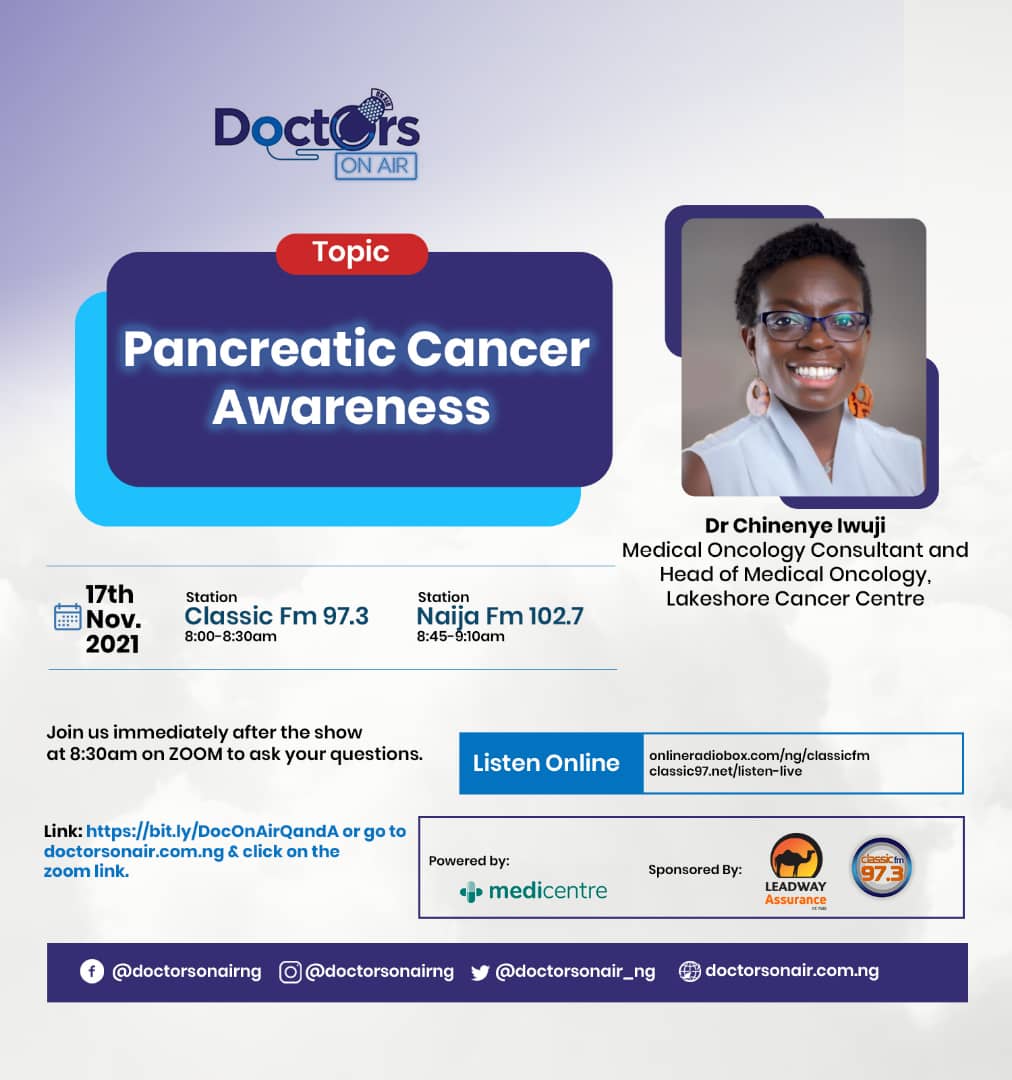The pancreas is a gland about 6 inches long that is shaped like a thin pear lying on its side. The wider end of the pancreas is called the head, the middle section is called the body, and the narrow end is called the tail. The pancreas lies between the stomach and the spine.
The pancreas has two main jobs in the body: to make juices that help digest (break down) food. And to make hormones, such as insulin and glucagon, that help control blood sugar levels. Both of these hormones help the body use and store the energy it gets from food.
Pancreatic cancer is a disease in which malignant (cancer) cells form in the tissues of the pancreas
Unlike breast cancer and other types of cancer where the tumors are closer to the surface of the body, pancreatic cancer can’t be detected during a standard physical exam by a doctor. What’s more, most people don’t show symptoms of pancreatic cancer until the tumors have become very large in the late stages of the disease. If you or your doctor suspect you may have pancreatic cancer, the final diagnosis will need to be made with an MRI, CT scan, or endoscopic ultrasound.
Even when someone has been diagnosed with pancreatic cancer, though, it’s very challenging to treat. Surgery to remove the malignant cells is the best treatment option, but it can only be done if the disease is detected early.
Chemotherapy, radiation therapy, immunotherapy, and other treatments can have some effect. Increased awareness of pancreatic cancer and more support for new treatment methods may lead to new medical breakthroughs that could increase the odds of survival for patients.
Join Dr. Pamela and Dr. Iwuji Chinenye as they discuss “Pancreatic Cancer Awareness” on Wednesday 17th November, 2021 on Classic FM 97.3. Time: 8:00am – 8:30am.
You can be part of the program.
Join our question and answer session immediately after the program at 8:30am using this link: bit.ly/DocOnAirQandA




